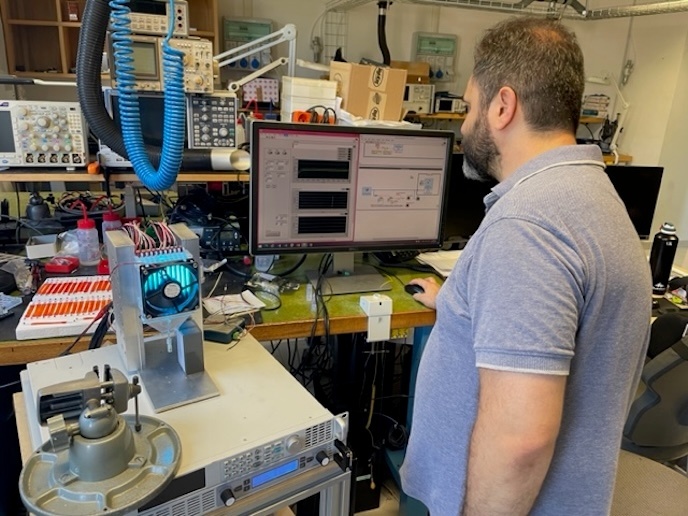Biomarkers for epilepsy
Epilepsy is a neurological condition that affects nearly 50 million people worldwide. It increases morbidity across all aspects of life and also presents an increased risk of premature death. There are over 20 antiepileptic drugs (AEDs) licensed for treatment that successfully control seizures in most patients, improving their quality of life and permitting social reintegration. However, for nearly 30 % of patients AEDs are not effective, necessitating the development of new treatment modalities. Ideally, interventions should be disease-modifying rather than merely controlling seizures. The EU-funded EPIPGX(opens in new window) (Epilepsy pharmacogenomics: Delivering biomarkers for clinical use) study has performed genome-wide analyses to identify genome-based biomarkers for epilepsy. Prediction of treatment response could improve the use of current AEDs and also identify new therapy targets. Partners focused on the impact of the AEDs most commonly prescribed in the EU and those that incur huge healthcare costs. Researchers constructed an online case record form for all EPIPGX consortium members on a common platform enabling reporting and discussion of technical issues. The result is a huge database with data from over 12 000 clinical cases of epilepsy and more than 32 000 individual drug response phenotypes. A measure of its value, the electronic case record template has been adopted for use in projects globally. Genome-wide association studies for broad drug resistance and AED adverse reactions are ongoing. Continuing exome sequencing will also offer information on rare genetic variation that may influence AED treatment. Work on the EpiPGX data set carries on as all partners in EPIPGX are keen to maximise results from the project period. Collective analysis of these data sets should provide pharmacogenomic guidance to avoid serious adverse effects and help clinicians select the best-tolerated AEDs. Special emphasis will also be given to identifying biomarkers of teratogenesis that are associated with the use of the drug valproate in pregnancy. Dissemination of research results included conferences, workshops, Tweets under the #EpiPGX hashtag, a YouTube video(opens in new window) and regular updates to the project website.







